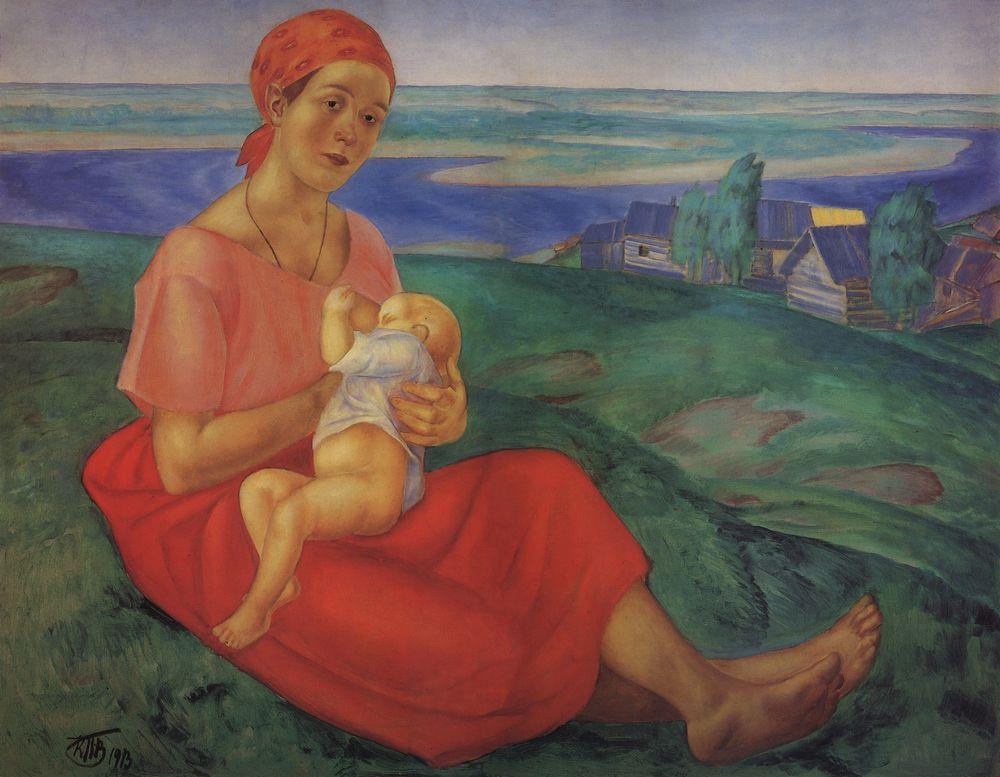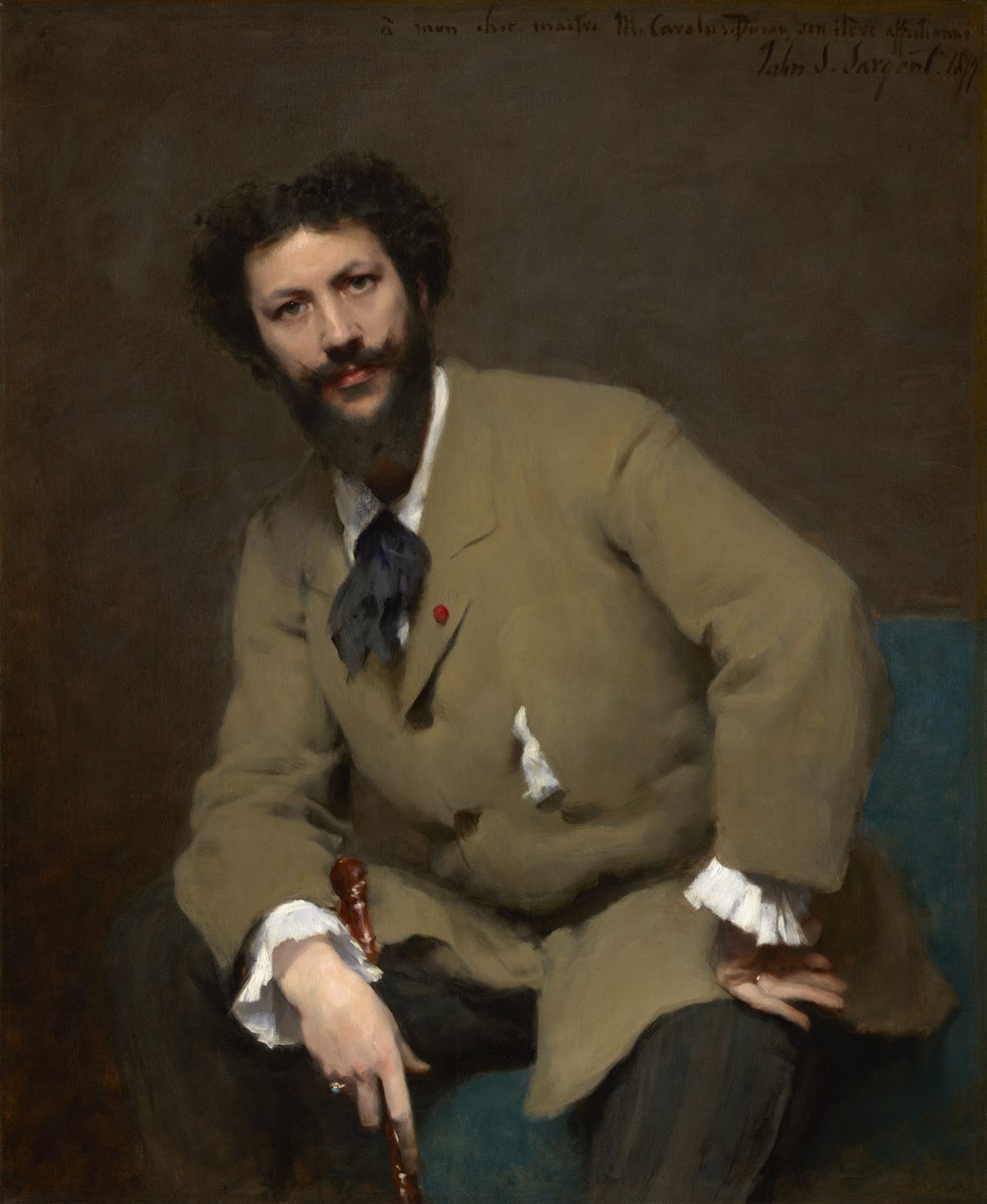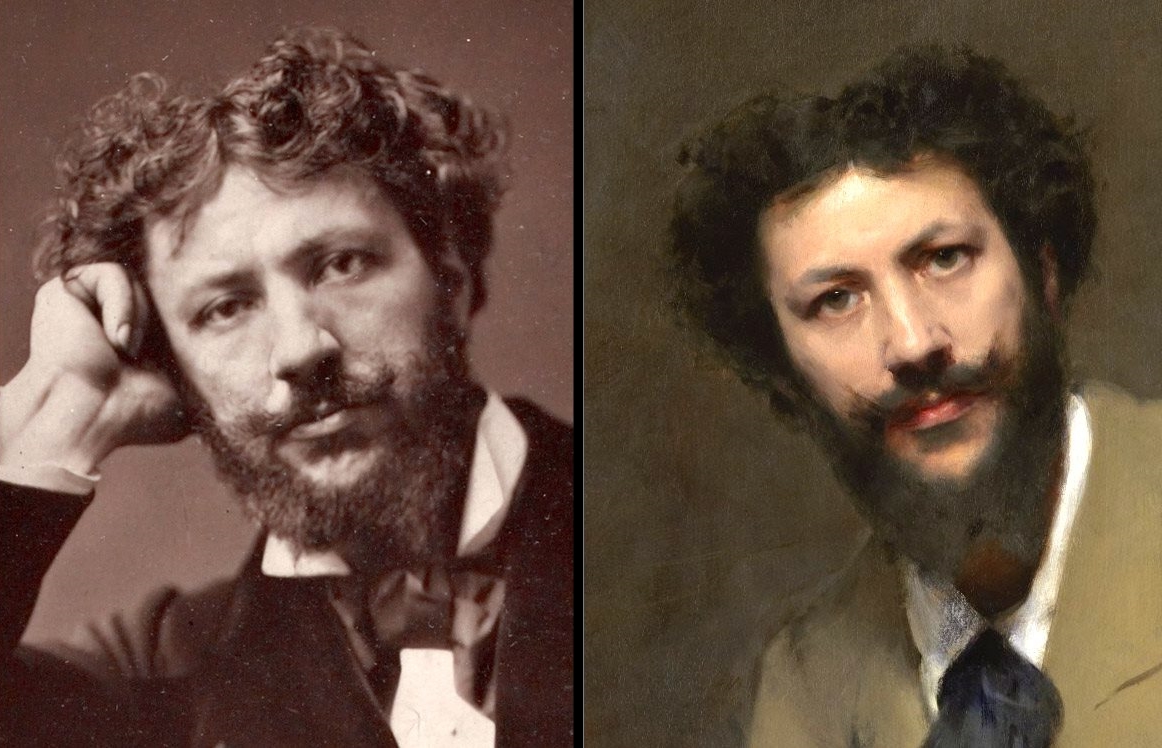The celebrated Austrian painter Franz Christoph Janneck (Graz 1703 - Vienna 1761) was born in Graz, where he initially trained under Matthias Vangus. In the 1730s, Janneck moved to Vienna, but would spend most of the decade traveling throughout Austria and southern Germany, returning to the Austrian capital in 1740. There, he enrolled at the Viennese Academy, and eventually held the post of Assessor from 1752-1758, supervising the administration of the Academy alongside his fellow artists Paul Troger (1698-1762) and Michelangelo Unterberger (1695-1758).

Franz Christoph Janneck | Baroque Era style

Eleanor Fortescue-Brickdale | Pre-Raphaelite painter
Eleanor Fortescue Brickdale (1871-1945) was a well respected illustrator and painter of her day. In 1896, she created a lunette titled Spring, which was used in the Royal Academy Dining Room. In 1902, she had the honor of becoming the first female member of the Institute of Painters in Oils. She illustrated many books such as Poems by Tennyson, 1905, W.M. Canton, Story of St. Elizabeth of Hungary, 1912, and Calthorp, A Diary of an 18th Century Garden, 1926, to name a few. In 1919, Eleanor Fortescue Brickdale's Golden Book of Famous Women was published by Hodder and Stoughton, which was a compilation of stories about some of the most famous women in history and legend as written by some of the most famous authors in history such as William Shakespeare, Lord Tennyson, Charles Dickens, Edgar Allan Poe and John Keats among others.
Although this book contains no introduction to explain whose inspiration it was to put the book together or who chose the content, it seems clear from the title that Brickdale must have been the mastermind behind it.

Kuzma Petrov-Vodkin | Symbolist painter
Kuzma Sergeyevich Petrov-Vodkin / Кузьма Сергеевич Петров-Водкин (born October 24 [November 5, New Style], 1878, Khvalynsk, Saratov oblast, Russian Empire - died February 15, 1939, Leningrad, Russia, U.S.S.R. [now St. Petersburg, Russia]), Russian painter who combined many traditions of world art in his work and created an original language in painting that was both deeply individual and national in spirit.
Petrov-Vodkin’s birthplace was a small town on the banks of the Volga River, where he was born into the family of an impoverished cobbler.
He spent his youth there, living in harsh conditions reminiscent of those described by Maksim Gorky in My Universities.
But his talent overcame his provincial surroundings, and his determination to be an artist led him first to art classes in Samara (1893-95) and then to the Moscow School of Painting, Sculpture, and Architecture (1897-1904), where he studied with painter Valentin Serov.

Genaro Pérez Villaamil | Romantic Historical-scenes painter
Born in Ferrol on 3 February 1807, Genaro Pérez Villamil (1807-1854) was still a boy when he enrolled at the Military Academy in Santiago de Compostela, but after moving to Madrid with his family he abandoned the military for literary studies. In 1819 he was wounded when fighting against the absolutist troops of King Ferdinand VII and taken to Cadiz as a prisoner of war and it was there that he began to develop his artistic skills. During those years he may have made a trip to England with his brother Juan, also a painter, and in 1830 the two of them travelled to Puerto Rico, where they decorated the Tapia theatre in San Juan.

Eugenio Lucas Villaamil | Genre painter
Eugenio Lucas Villaamil (Madrid, 1858 - Madrid, 1918) also known as Lucas "the younger", was born in Madrid on 14 January 1858 to the painter Eugenio Lucas Velázquez and Francisca Villaamil. Until only a few years ago the information we had about his life was almost as vague as what is known about his work.
After initially training in his father’s studio as a boy, he furthered his studies at the Special School of Painting in Madrid and took part in the National Exhibitions of Fine Arts three times. In 1876 he entered two works: Italianas ("Italian Women") and Mendigo ("Beggar"); in 1881 he submitted a small picture entitled Galanterías en el siglo XVIII ("Gallantries in the 18th Century"); and in 1884 the watercolour Después de la fiesta. Dibujo de Serra ("After the Fiesta. Drawing of Serra") and the oil painting Cuestión de honor ("A Question of Honour").

John Singer Sargent | Art in detail
"A portrait is a picture of a person with something wrong with the mouth" - John Singer Sargent
John Singer Sargent (January 12, 1856 - April 14, 1925) was an American artist, considered the "leading portrait painter of his generation" for his evocations of Edwardian era luxury.
During his career, he created roughly 900 oil paintings and more than 2,000 watercolors, as well as countless sketches and charcoal drawings.
His oeuvre documents worldwide travel, from Venice to the Tyrol, Corfu, the Middle East, Montana, Maine and Florida.

John William Godward (1861-1922)
John William Godward è stato un pittore Inglese, operante nella fase finale del periodo Pre Raffaellita / Neo-classico.
Godward era un pittore molto vicino a sir Lawrence Alma-Tadema (era considerato il suo pupillo).
Godette di vasta popolarità, ma il suo stile pittorico risultò superato e perse i favori del pubblico e della critica con l'avvento delle avanguardie.

John Singer Sargent | Portrait of Carolus-Duran, 1879
Charles-Émile-Auguste Durand (1837-1917), known as Carolus-Duran, was a celebrated figure in the world of Parisian art and theater. Known for his elegant society portraits, he was also highly influential as a teacher.
Sargent entered Duran’s studio in 1874 and became his star pupil. Duran’s approach was radical: he encouraged his students to draw and paint simultaneously, using a loaded brush. In this stylish portrait, which received an award when it was shown at the Paris Salon in 1879, Sargent pays homage to his teacher by embracing his fluid technique. The affectionate dedication to Duran, inscribed in French at the upper right, announces Sargent’s artistic pedigree but also caused some contemporary viewers to remark that the student had surpassed the master. | © The Metropolitan Museum of Art
Iscriviti a:
Post (Atom)





